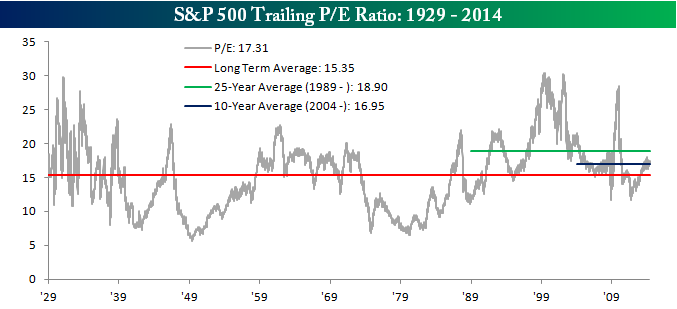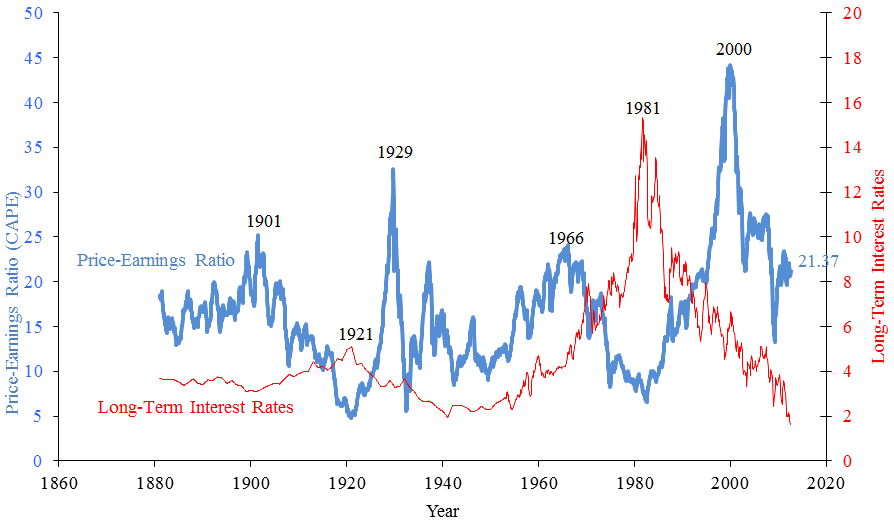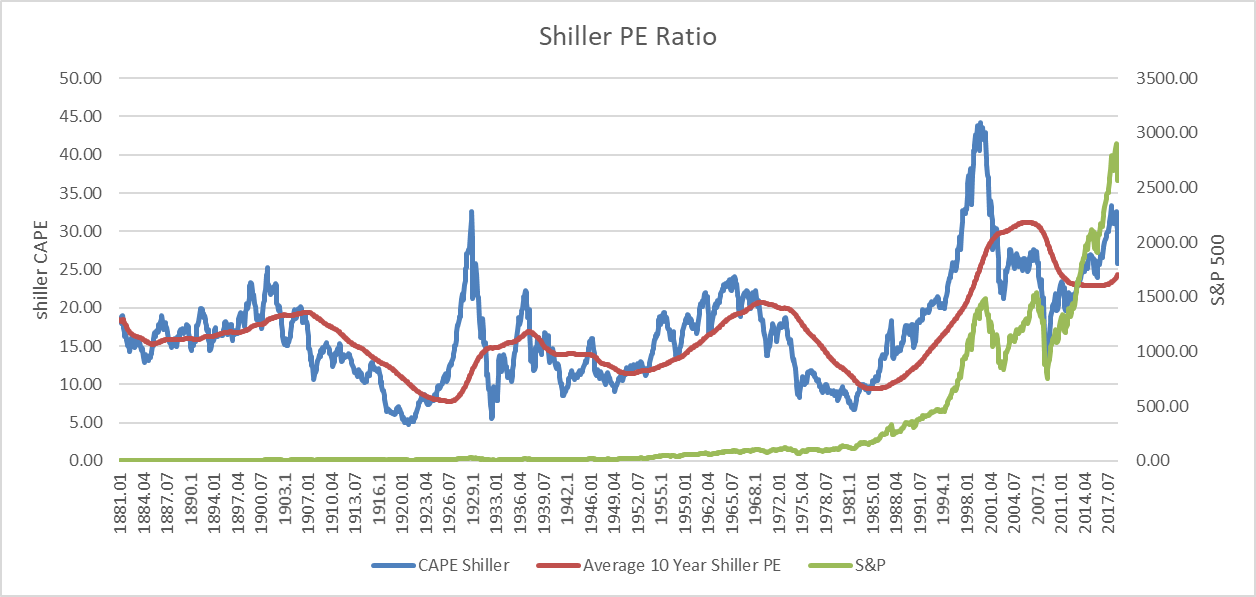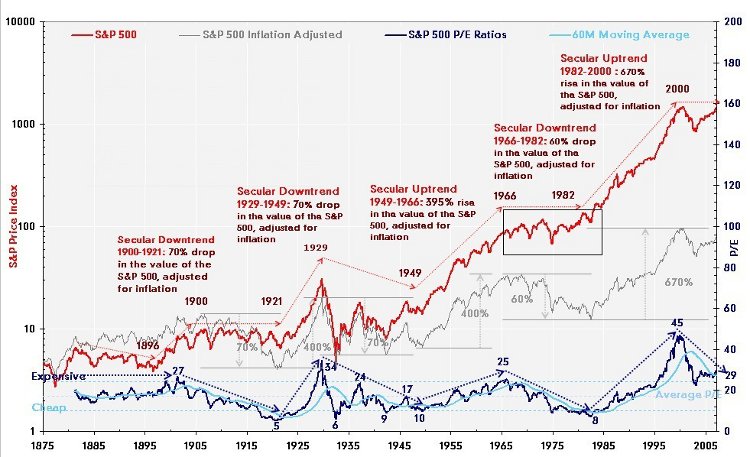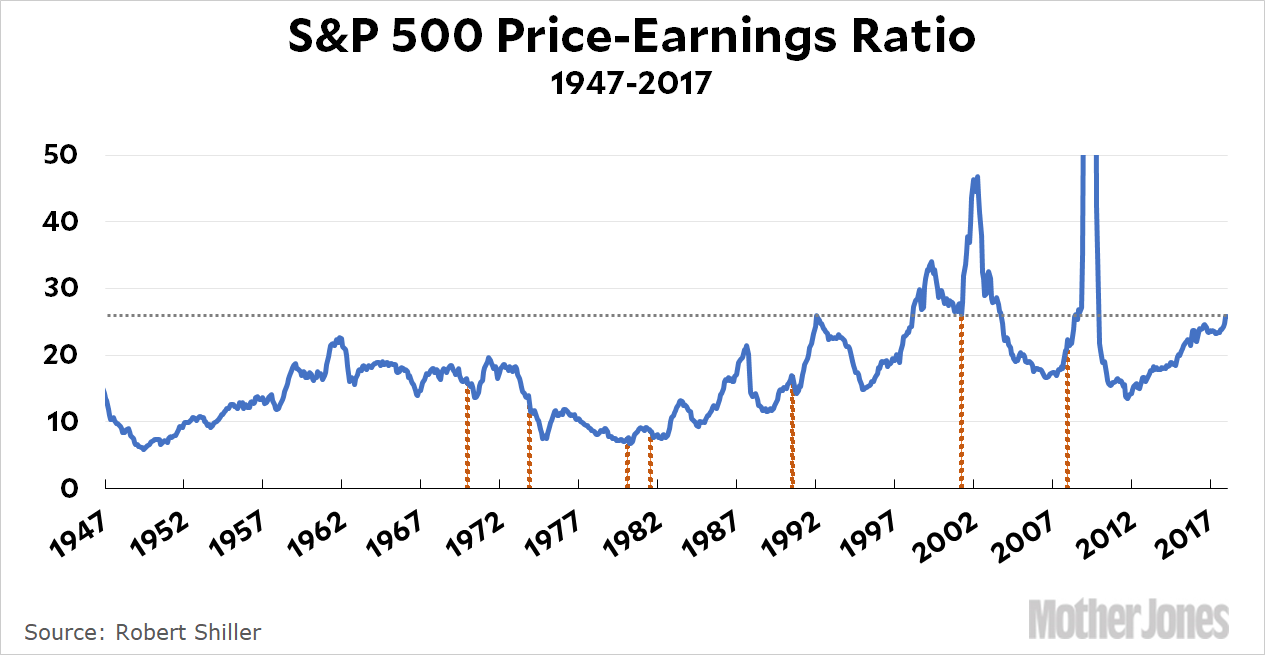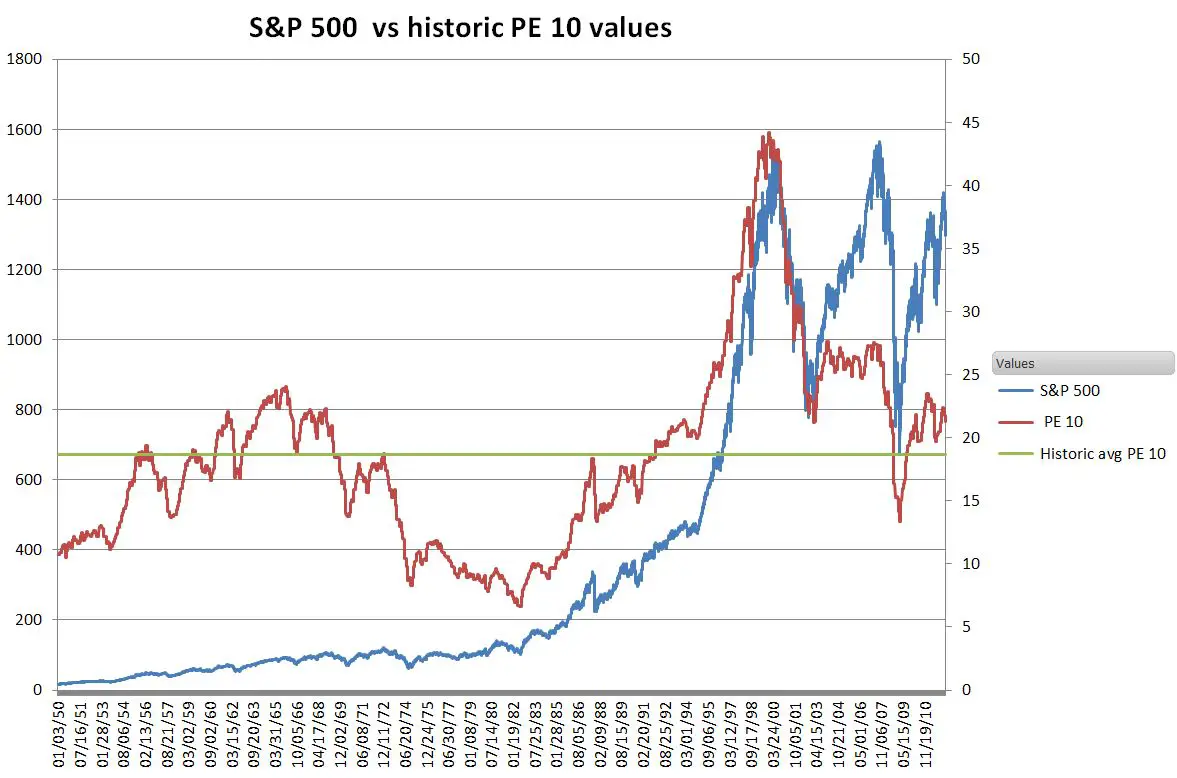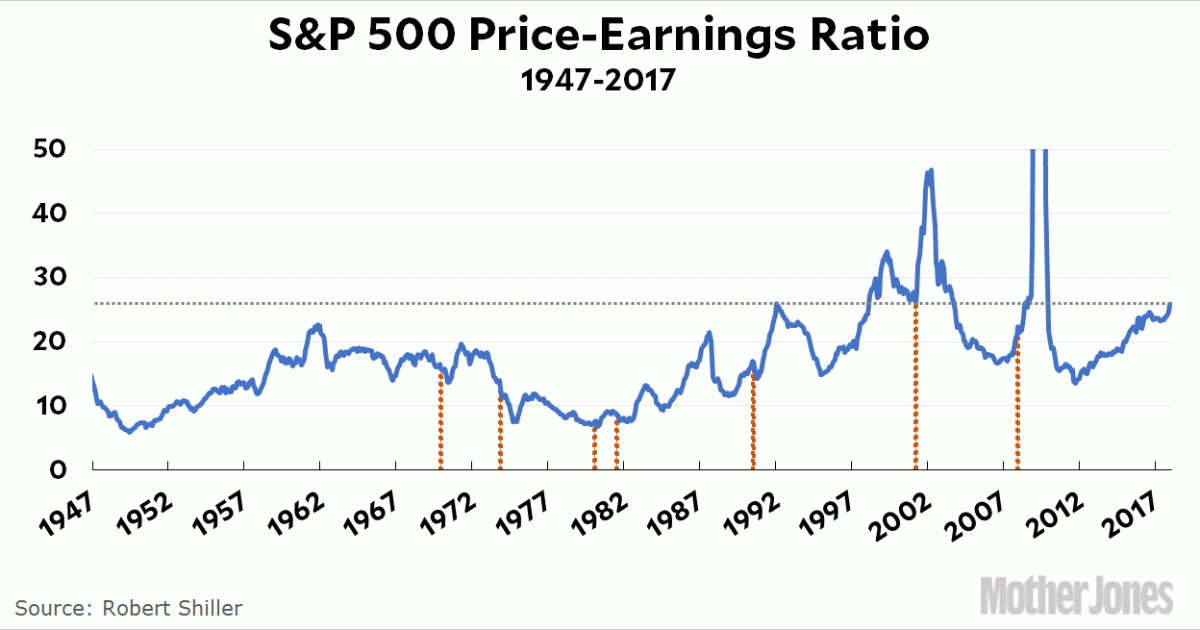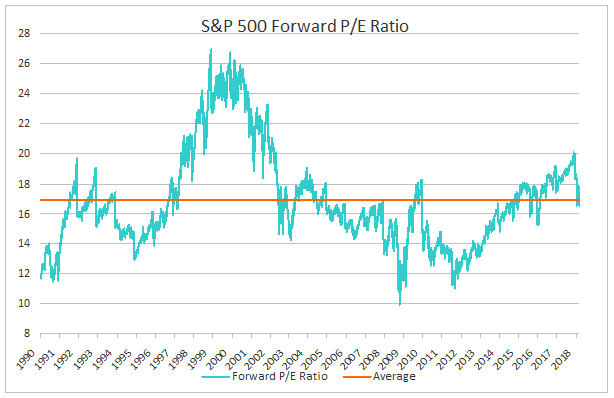S P 500 P E Ratio History
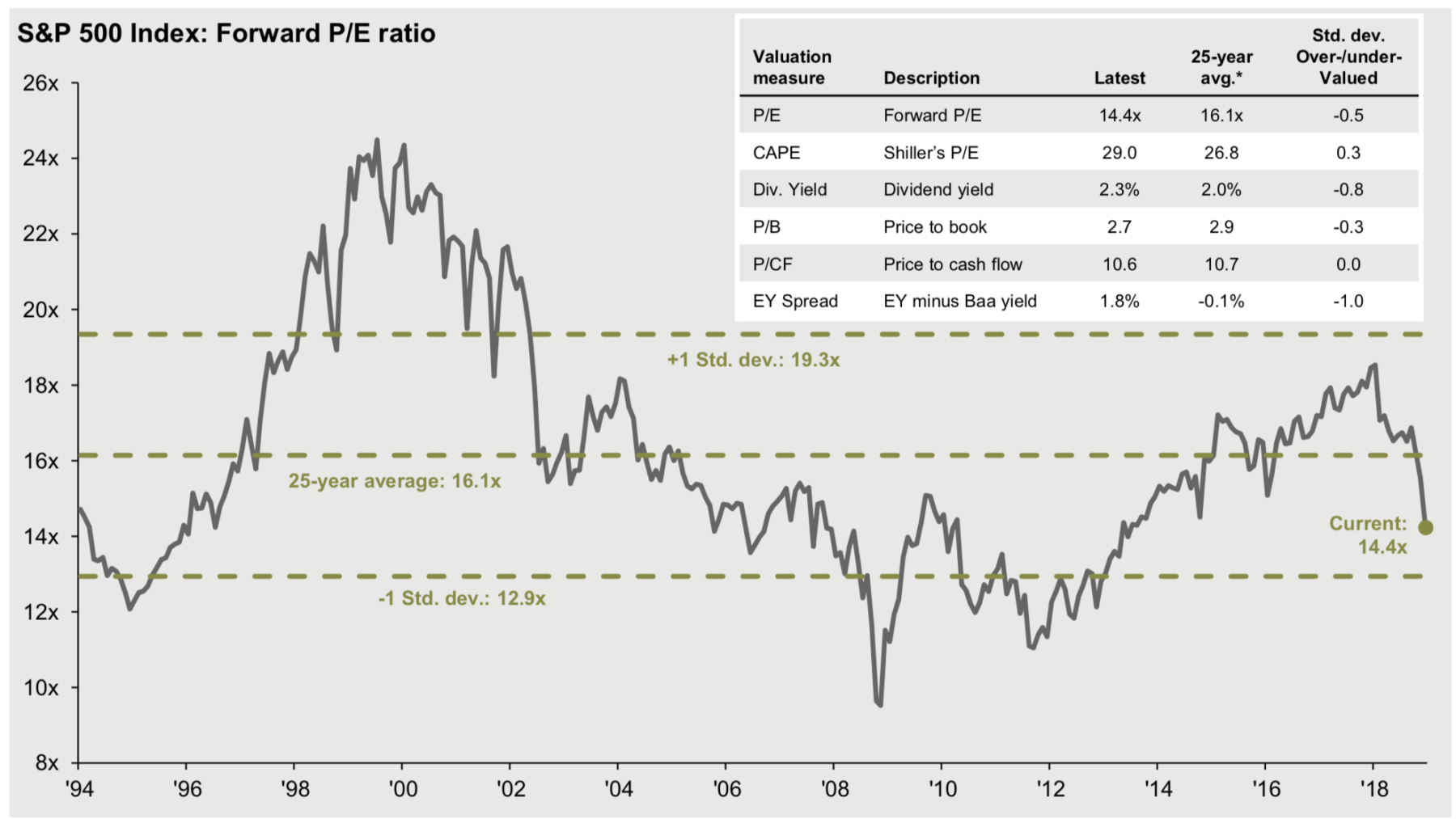
Stock market as a whole is currently 31 90 oct 14th 2020.
S p 500 p e ratio history. The s p 500 pe ratio is the price to earnings ratio of the constituents of the s p 500. The pe ratio of the s p 500 divides the index current market price by the reported earnings of the trailing twelve months. In 2009 when earnings fell close to zero the ratio got out of whack. S p pe ratio definition.
A solution to this phenomenon is to divide the price by the average inflation adjusted earnings of the previous 10 years. For the majority of this period the p e ratio was less than the 19 4x average as shown below. Higher ratios indicate higher valuations whereas lower ratios indicates investors are willing to pay less per 1 of earnings. Current s p 500 pe ratio is 32 95 a change of 0 40 from previous market close.
Historical distribution of the p e ratio. The s p pe ratio is the share adjusted earnings divided by price of each companies that composes the sp500 index p e pe ratio. Current and historical data on the trailing and forward s p 500 price to earnings ratio pe ratio or p e ratio. Current s p 500 pe ratio is 33 36 a change of 0 41 from previous market close.
The s p 500 includes the 500 largest companies in the united states and can be viewed as a gauge for how the united states stock market is performing. S p 500 pe ratio chart historic and current data. S p 500 pe ratio 90 year historical chart. The chart below shows the long term historical p e ratio for the s p 500.
Metrics and data to guide value investing. This interactive chart shows the trailing twelve month s p 500 pe ratio or price to earnings ratio back to 1926. The overall cape of the u s. During the period january 1971 to june 2017 the s p 500 p e ratio averaged 19 4x while the median p e ratio was 17 7x.
The table below lists the current historical cape ratios by sector calculated using the 500 largest public u s. S p 500 pe ratio table by year historic and current data.
Insight/2020/03.2020/03.13.2020_EI/S&P%20500%20Forward%2012-Month%20PE%20Ratio%2010%20Years.png?width=912&name=S&P%20500%20Forward%2012-Month%20PE%20Ratio%2010%20Years.png)
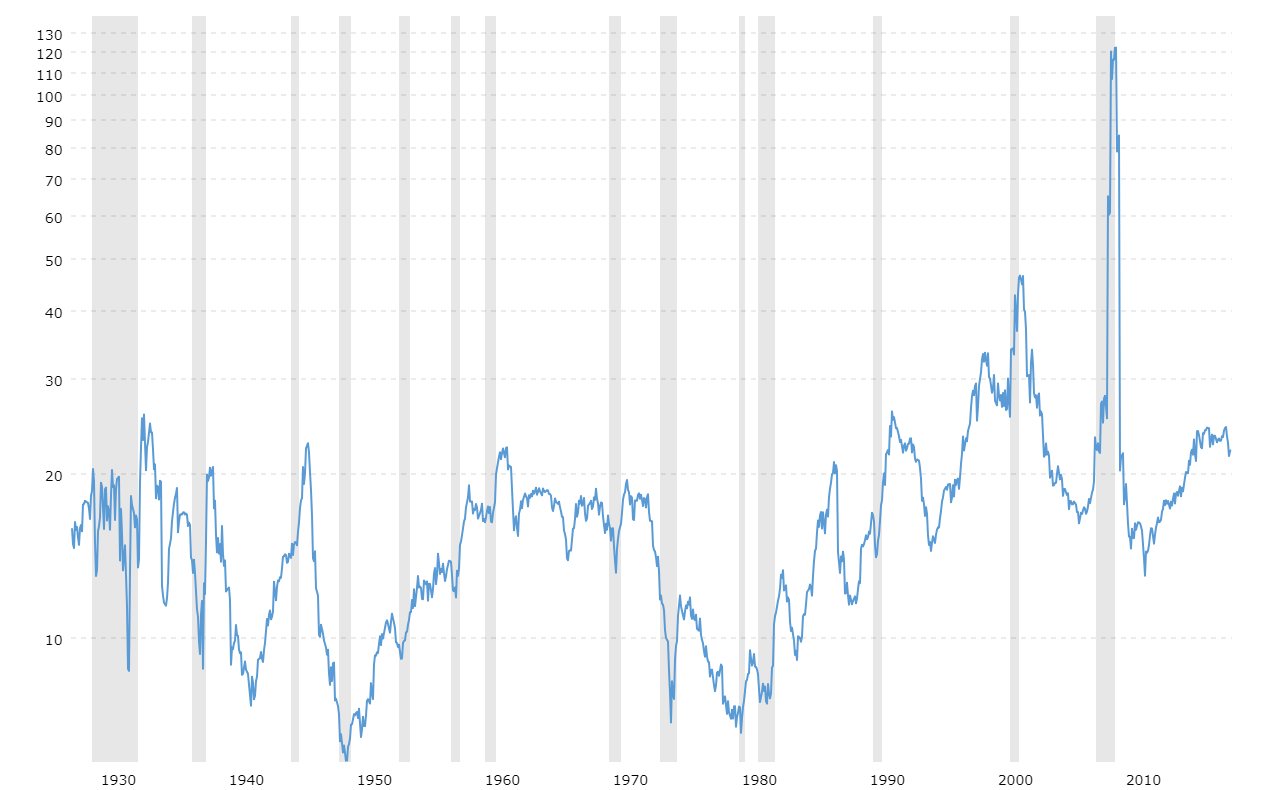
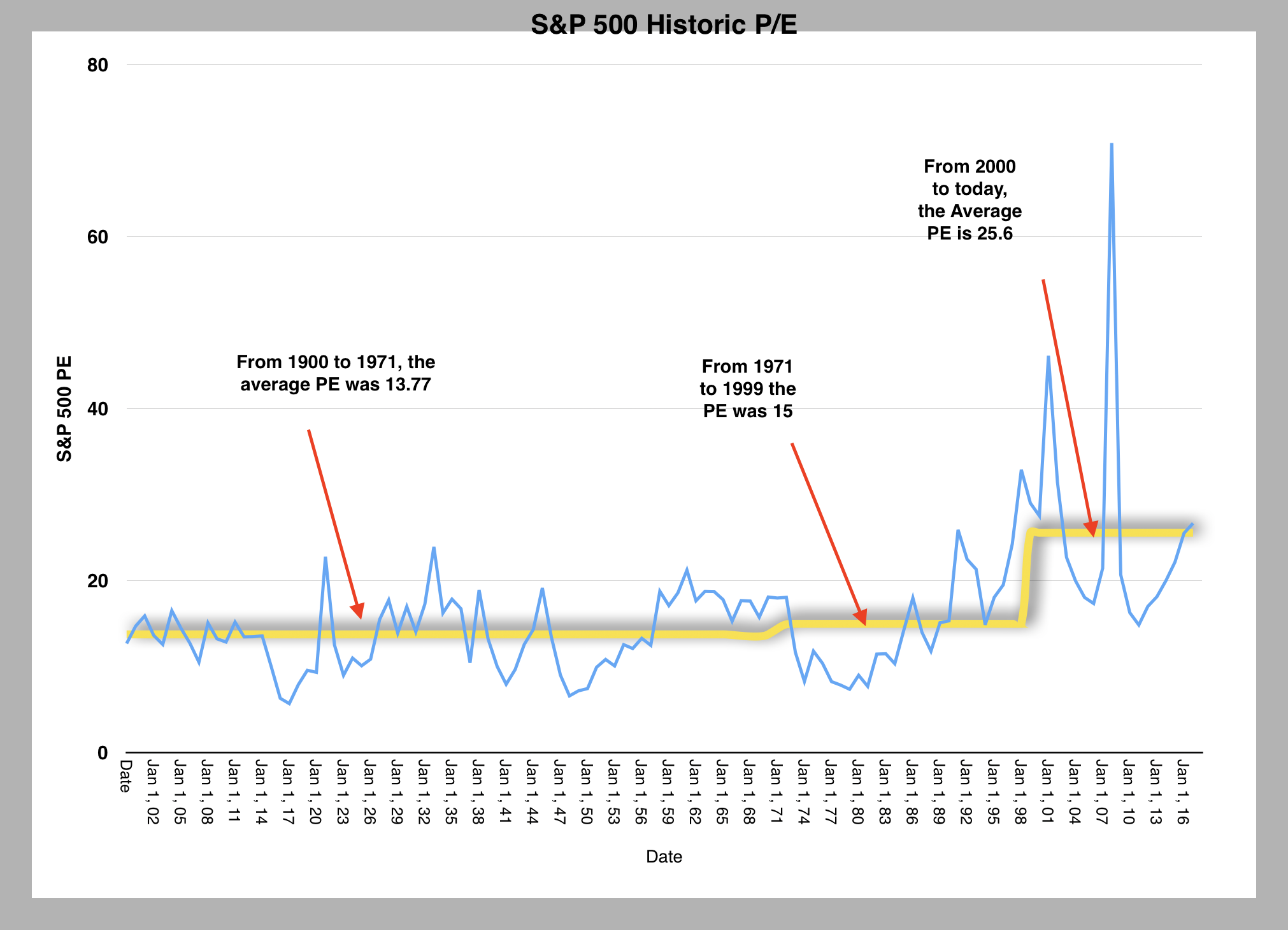


Insight/2020/02.2020/02.21.2020_EI/S%26P%20500%20Forward%2012%20month%20PE%20ratio.png?width=911&name=S%26P%20500%20Forward%2012%20month%20PE%20ratio.png)
